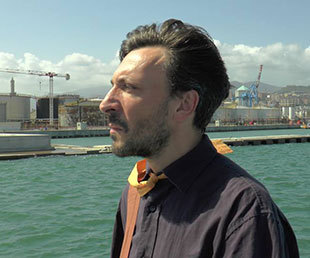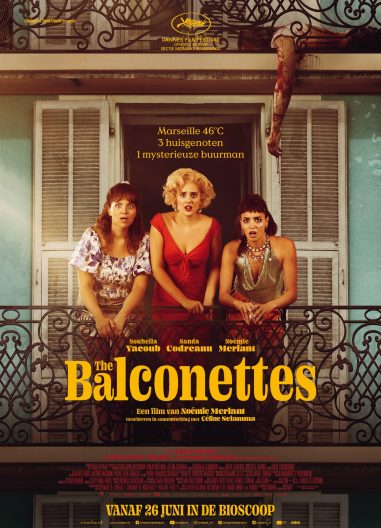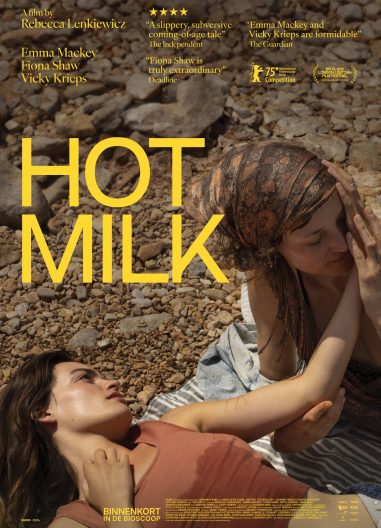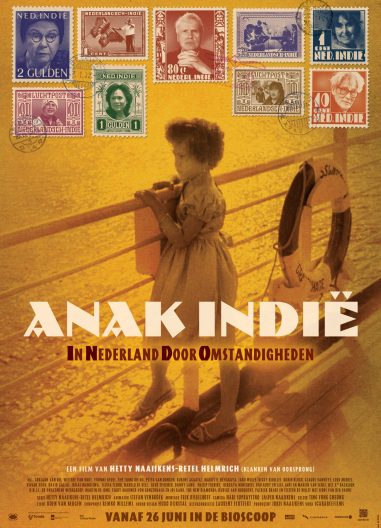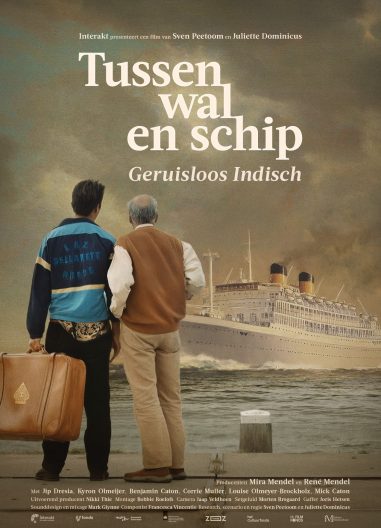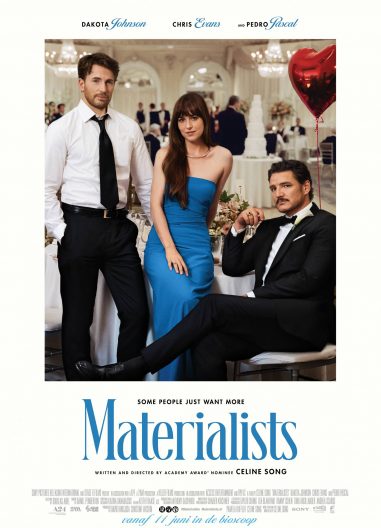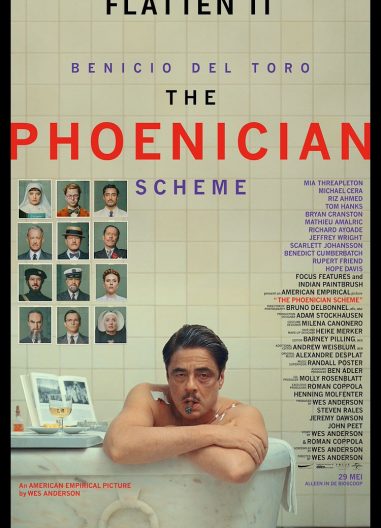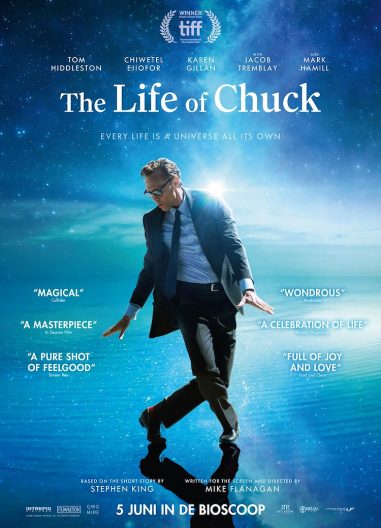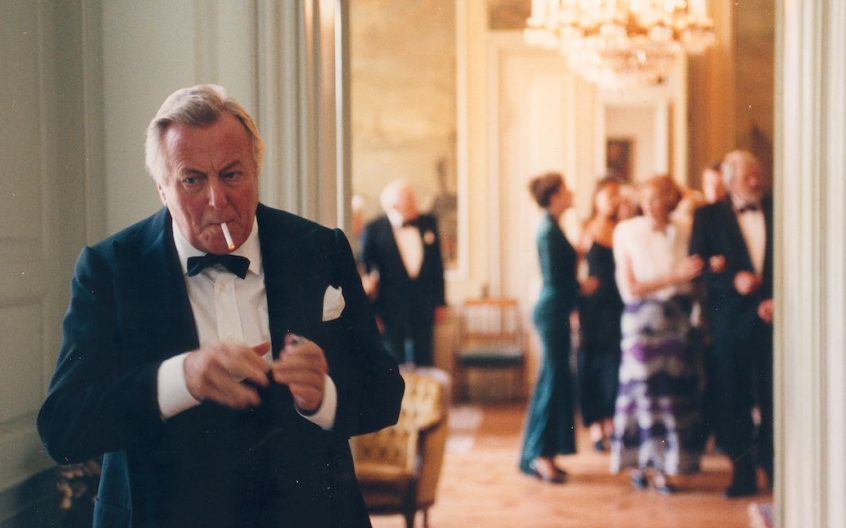The Architect of Urbino
Giancarlo De Carlo, de anarchististische architect uit Genua is de hoofdpersoon in dit verhaal over een reis van Genua naar Urbino, de stad waar hij de faculteiten en campussen ontwierp voor de universiteit.
===Beyond Metabolism===
Het International Conference Center (1966) in Kyoto is gebouwd door van Sachio Otani, leerling van Kenzo Tange. Het is een in beton gegoten ideaal van het Japans metabolisme idealen. Een adembenemend hermetisch gebouw waarin, op wat meubilair en serviesgoed na, alles is vormgegeven. Het is decor voor samoerai films maar bovenal de set waarin het Verdrag van Kyoto werd onderhandeld.
Na het bekijken vraag je je af of het klimaatprotocol op een andere plek dan in dit conferentiecentrum in Kyoto had kunnen werken. Gewoon, omdat het gebouw contemplatie en utopisch denken uitlokt.
===The Architect of Urbino===
Giancarlo De Carlo, the anarchist Genoese architect, is the leading character in this story about a trip from Genoa to Urbino, the city where he designed university faculties and campuses.
===Beyond Metabolism===
The International Conference Center (1966) in Kyoto, built by Sachio Otani, a pupil of Kenzo Tange, translates the ideals of Japanese metabolism into cast concrete.
It’s a breath-taking hermetic building in which everything is designed, apart from some furniture and crockery. Forming the décor for samurai films, the building was, above all, the place where the Kyoto Protocol was signed.
After watching this film you wonder whether that treaty could have been reached anywhere else but in this conference centre. Simply because the building stimulates contemplation and utopian thinking.
Kies tijdstip
- filmspecial
Giancarlo De Carlo, de anarchististische architect uit Genua is de hoofdpersoon in dit verhaal over een reis van Genua naar Urbino, de stad waar hij de faculteiten en campussen ontwierp voor de universiteit.
===Beyond Metabolism===
Het International Conference Center (1966) in Kyoto is gebouwd door van Sachio Otani, leerling van Kenzo Tange. Het is een in beton gegoten ideaal van het Japans metabolisme idealen. Een adembenemend hermetisch gebouw waarin, op wat meubilair en serviesgoed na, alles is vormgegeven. Het is decor voor samoerai films maar bovenal de set waarin het Verdrag van Kyoto werd onderhandeld.
Na het bekijken vraag je je af of het klimaatprotocol op een andere plek dan in dit conferentiecentrum in Kyoto had kunnen werken. Gewoon, omdat het gebouw contemplatie en utopisch denken uitlokt.
===The Architect of Urbino===
Giancarlo De Carlo, the anarchist Genoese architect, is the leading character in this story about a trip from Genoa to Urbino, the city where he designed university faculties and campuses.
===Beyond Metabolism===
The International Conference Center (1966) in Kyoto, built by Sachio Otani, a pupil of Kenzo Tange, translates the ideals of Japanese metabolism into cast concrete.
It’s a breath-taking hermetic building in which everything is designed, apart from some furniture and crockery. Forming the décor for samurai films, the building was, above all, the place where the Kyoto Protocol was signed.
After watching this film you wonder whether that treaty could have been reached anywhere else but in this conference centre. Simply because the building stimulates contemplation and utopian thinking.
